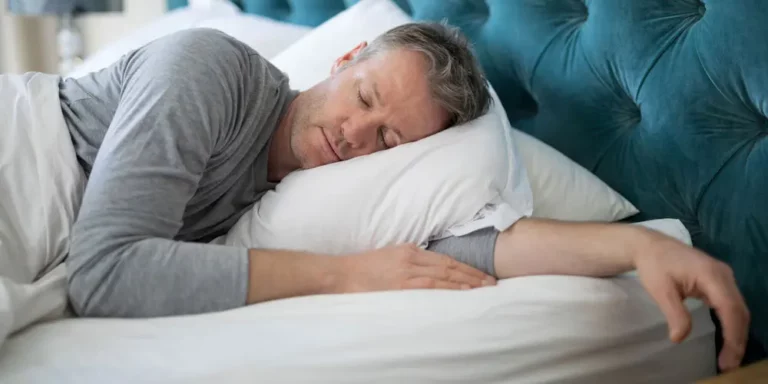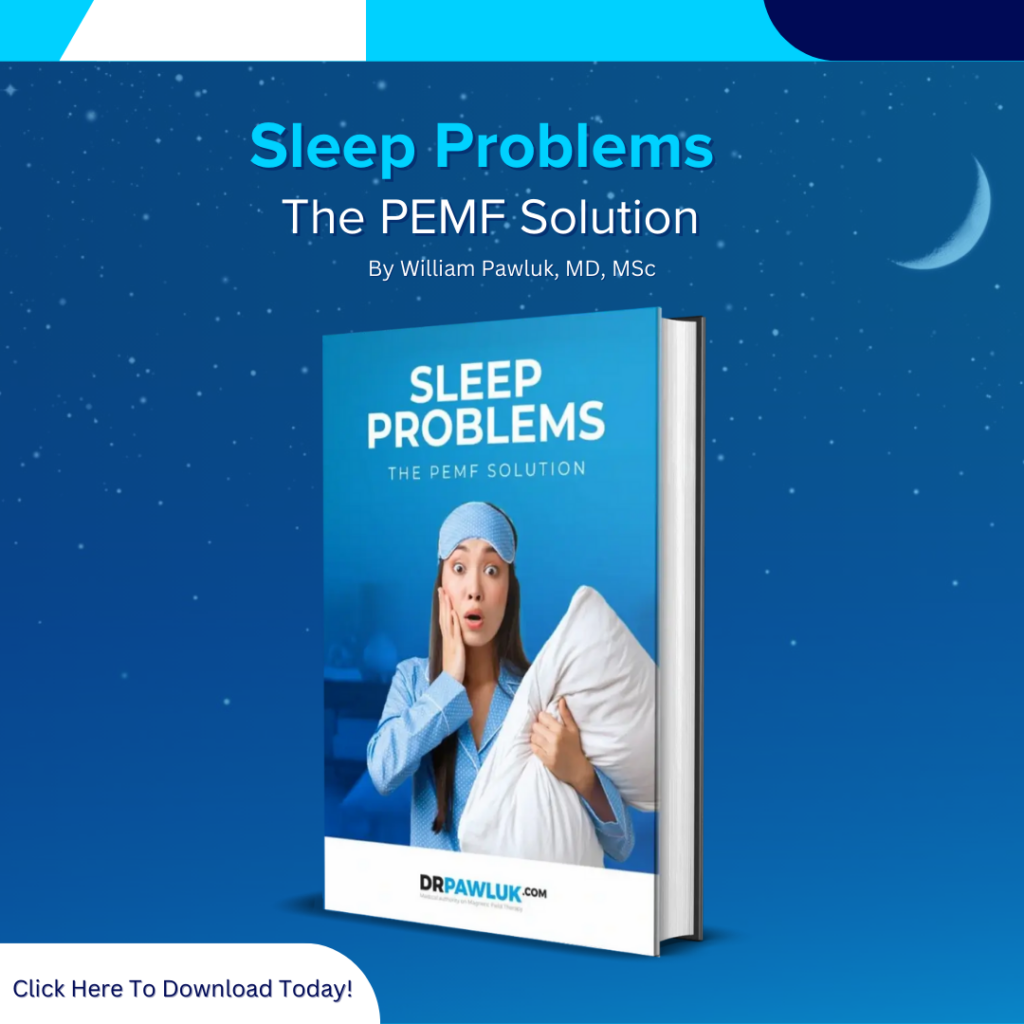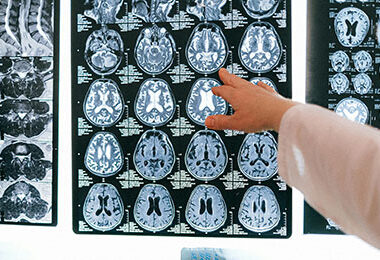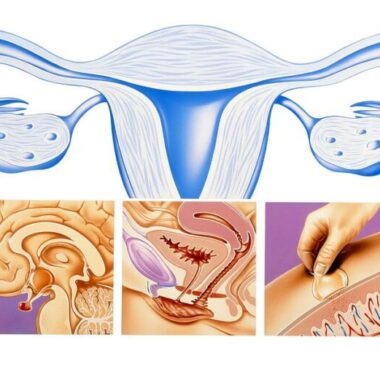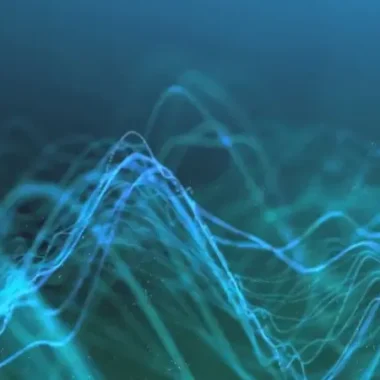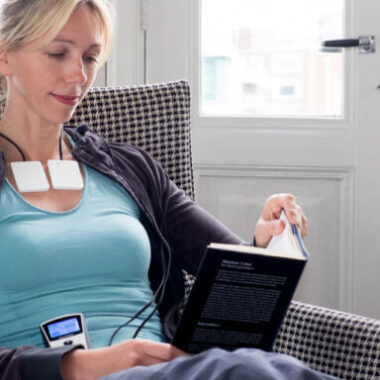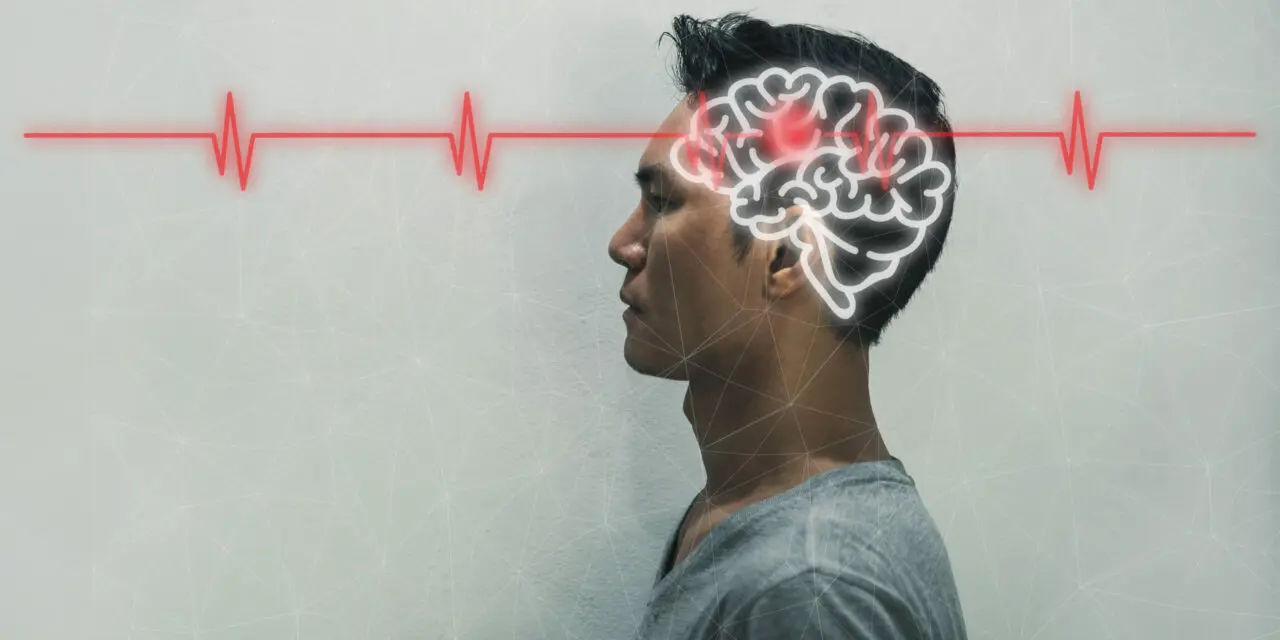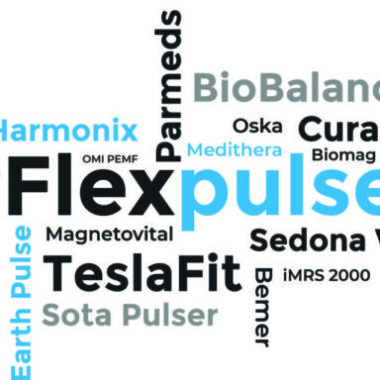Sleep and Magnetic Field Treatment
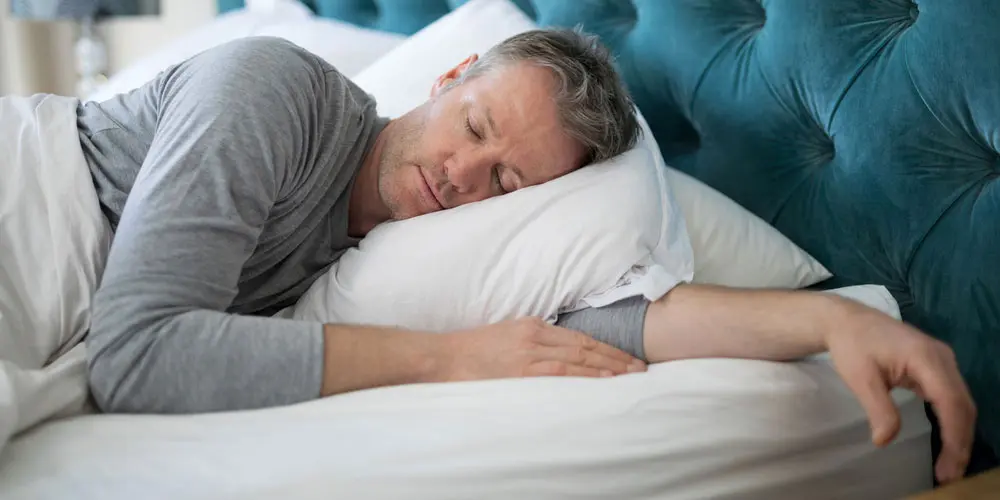
PULSED MAGNETIC FIELDS HELP SLEEP
Sleep problems are common and do not have a single cause. Insomnia, for example, is not a disease. There is no single definition of insomnia that applies to all people with that problem. Multiple aspects are at play in any given person’s sleep problem, including stress and anxiety levels. Sleeplessness itself varies dramatically from person to person, with some people struggling to fall asleep (latency) and others struggling to stay asleep, alongside physical urges like needing to go to the bathroom in the middle of the night, hot flashes, or suffering with pain. Pulsed electromagnetic fields can help improve the quantity and quality of sleep – click here to learn more.
DANGERS OF LACK OF SLEEP
There are many risks to not sleeping steadily or deeply for 7 or more hours a night. Here is a short list:
- Sleepiness causes accidents.
- Sleep loss dumbs you down.
- Lack of sleep leads to serious health problems, including heart problems, high blood pressure, stroke, and diabetes. About 90% of people with insomnia also have another health condition.
- Lack of sleep kills your sex drive.
- Depression is 5 times more likely in people who don’t get enough sleep compared to people who get their 7 hours.
- Poor sleeping ages your skin by reducing growth hormone production during deep sleep.
- Lack of sleep leads to increased forgetfulness caused by lack of storing long-term memories during deep sleep.
- Weight gain is increased in 30% of people who sleep less than 6 hours a day.
- The risk of death doubles for those sleeping less than 5 hours a day.
- Sleepiness impairs judgment even if you think you’re doing fine on less sleep.
ELECTROMAGNETIC FIELDS AND SLEEP
Sleep patterns can also be disrupted significantly by background electromagnetic fields (EMFs) in the sleep environment. Wi-Fi in a building from a router is broadcast 360 degrees and, as we know, penetrates through walls. The room in a house with a router is broadcasting to other rooms in the house—and even beyond to other homes and to the street. If this is a common router, on all the time, it is even broadcasting during the night. Even a router in a neighbor’s apartment or home can be broadcasting into your sleep area. At the very least, some sensitive people do better with their sleep if their own home router is turned off at night. The Europeans have demand routers that turn on only when a signal is coming through. Having a cell phone or other Wi-Fi device on or near your bed is a definite no-no.
Even a clock radio near your head on a bed stand emits a strong enough electromagnetic field to interfere with some people’s sleep. Electronic equipment in a bedroom that can be turned off but is still plugged in to the adapter or the wall outlet and has a power light emits an EMF into the sleep environment. Your body may still perceive this even through your closed eyelids.
Smart meters on a wall of a house or corner of a building, including those of neighbors, or cell phone towers in the neighborhood may produce a strong enough signal to also interfere with sleep.
THE EVIDENCE FOR PULSED ELECTROMAGNETIC FIELDS IMPROVING SLEEP
So, even though low-frequency pulsed electromagnetic fields (PEMFs) can be very helpful for enhancing and maintaining sleep, these benefits can be easily undone by environmental high-frequency EMFs. Stresses, whether physiologic or emotional, can affect circadian rhythms (the roughly 24-hour cycle of the body).
It’s one thing to say that PEMFs can help with sleep, but it’s much better if this is supported by research. A number of research studies have been carried out using magnetic fields to help with sleep. Here is quick summary of some of those studies.
Study 1
Research done in Germany in the 1960s through the 1970s in a deep bunker deprived test participants of external stimuli such as temperature, humidity, light, sound, and even the natural magnetic field of the earth. These individuals ended up having disturbed circadian rhythms. The research found that weak square-wave 10 Hz electromagnetic fields reversed the effects of these disturbed circadian rhythms. (Wever) Disturbed circadian rhythms—which cause variation in hormone production, including melatonin (needed for sleep)—are a common cause of sleep problems. A strategy for helping restore sleep can be to use 10 Hz PEMFs in the evening before bedtime.
Study 2
Magnetic fields from a small 0.5 mT (5 gauss) 4 Hz generator were tested in a double-blind study. Effects on sleep were studied before treatment and after 2 weeks and after 6 weeks of treatment. Researchers found that this field and intensity was effective in reducing sleep disturbances in 83% of the exposed group, compared with 57% in the controls.
In research, controls getting sham (also called placebo) therapy often show benefits too. There is a strong impact psychologically of someone being studied, and changes are seen even if a placebo device is used. (This is called the Hawthorne effect.) Nevertheless, the people receiving active treatment consistently had better results for sleep whether it was at 2 weeks or 6 weeks. Results were stronger at 6 weeks. (Fischer)
Study 3
In a 4-week double-blind, placebo-controlled study, impulse magnetic-field therapy was tested for insomnia. A total of 100 people with insomnia were randomly assigned to either active treatment or placebo. They fell into one of three groups:
- Those who had trouble falling asleep (sleep latency)
- Those who experienced interrupted sleep
- Those who had nightmares
The researchers looked at sleep latency (how long it takes to fall asleep), frequency of interruptions, sleepiness after rising, daytime sleepiness, difficulty with concentration, and daytime headaches.
In those with active treatments, the values of all criteria were significantly improved. The placebo control group also had significant improvement in symptoms. But the differences in improvements between the active and placebo groups hugely favored the active treatment group. A total of 70% of the people given active treatment experienced substantial or even complete relief of their complaints; 24% had clear improvement; 6% slight improvement. In the placebo group, only one patient had very clear relief; 49% had slight or clear improvement; and 49% saw no change. No one had any adverse effects. The PEMF therapy helped about 90% versus only about 50% in the placebo group. This study was useful in showing that most basic types of sleep problems can be substantially helped with the use of PEMF therapies. (Pelka)
Study 4
One research laboratory has done an extensive amount of research on magnetic field stimulation and sleep. (Graham) Researchers discovered that using 20 to 30 µT (0.2-0.3 gauss) magnetic fields at 60 Hz did not significantly alter sleep patterns. However, with the magnetic stimulation alternated 1 hour on/1 hour off over 8 hours of sleep, and when on, further switched on and off every 15 seconds, different effects were found. This intermittent exposure to the magnetic field resulted in significant changes to nighttime sleep:
- There was poor and broken sleep (decreased sleep efficiency).
- There was increased time in Stage 2 sleep—suppression of REM sleep.
- There were self-reports of sleeping less well in the night and feeling less rested in the morning.
These studies were intended to mimic the effects on sleep of the EMFs from power lines in peoples’ homes. That is why 60 Hz was used. When the treatment was changed to continuous 60 Hz exposure at these very low intensities, sleep was not altered significantly. It’s only when they are switched on and off that disruptions in sleep patterns were seen.
Even people on sleep medications and mood-modifying drugs still have sleep problems. Low-intensity PEMFs have been found to enhance the effects of these medications. But, this may result in a hangover-like effect in the morning. If this does happen, the dosing of the medications may be decreased under prescriber supervision. (Shtemberg)
HIGH-INTENSITY PULSED MAGNETIC FIELDS AND SLEEP ENHANCEMENT
Few studies have compared the use of PEMFs against other conventional therapies, including medication and cognitive behavioral therapy.
Study 5
The use of high-intensity, transcranial magnetic stimulation (TMS) was studied (Jiang) in the treatment of patients with chronic primary insomnia. A total of 120 patients with chronic primary insomnia were randomly assigned to 3 study groups, 40 per group:
Group 1: Participants received TMS.
Group 2: Participants received benzodiazepine medication.
Group 3: Participants received cognitive behavioral therapy (CBT) and sleep hygiene education (both as controls).
TMS was delivered for 30 minutes, 128 pulses a day, for 14 days over the right upper forehead. The control treatments were also given for 2 weeks. The outcomes of treatment were assessed with sleep study guidelines, the Pittsburgh Sleep Quality Index, and hormone levels. Relapse and recurrence rates within 3 months after treatments were also measured.
TMS treatment improved Stage 3 and REM (deep) sleep and hormone levels significantly, compared with both control groups. The sleep index score improved by 49% with TMS, 34% for medications, and 16% for CBT. In addition, the relapse and recurrence rates were also the lowest in the TMS group. The TMS relapse rate was 24%, 70% for medications, and 40% for CBT. Recurrence after 3 months was 36% for TMS, 96% for medication, and 56% for CBT. No doubt, the relapse rates for TMS would be reduced even further with continued maintenance treatment.
Because primary insomnia tends to involve hyperarousal (the opposite of insomnia) of the brain, reduction of brain neurotransmitters leading to this state is important. TMS reduced cortisol levels by 26% and ACTH (a hormone related to circadian rhythm) levels by 29%, 20% for medication, and 8% for CBT. In conclusion, this TMS treatment protocol was significantly and practically better than both medication and CBT in improving the quality of sleep. Further, TMS significantly decreased awakening levels and provided better long-term treatment effect.
Study 6
Chronic anxiety is a frequent cause of sleep problems. TMS has been studied (Huang) in individuals with combined anxiety and insomnia. 1 Hz active TMS was applied for 10 days over the right posterior parietal cortex (a part of the brain that involves attention) in 18 people, and in 18 others, a sham stimulation was used. TMS significantly improved both anxiety and insomnia symptoms. The Hamilton Rating Scale for Anxiety scores were positively correlated with improvement in the Pittsburgh Sleep Quality Index scores.
Study 7
Pain is also a common cause of sleep disruption, and disrupted sleep increases pain sensitivity. Pain can also cause depression, and vice versa. People with treatment-resistant neuropathic pain are particularly susceptible to having both sleep problems and depression.
Twenty people with mouth and face pain were studied to see if TMS could affect their pain and their sleep. Results showed that 7 had pain in the nerve that carries feelings between the brain and face; 4 had atypical facial pain; and 5 had burning mouth syndrome. The average daily pain intensity was 5.7 on a 10-point pain scale. The mean duration of pain was 10.4 (range 2–30) years. The study participants served as their own controls.
TMS was given over 3 sessions (2 active and 1 placebo session) to the facial area in the parietal lobe (the right side of the brain above the ear). Stimulation sessions were of 1000 pulses at a rate of 10 pulses per second for only 1.7 minutes. The study measured quality of life for pain, sleep, and mood. Participants kept pain and sleep symptom diaries from 4 weeks before the first treatment to 4 weeks after the last treatment. The total sleep time was recorded in hours per night. Sleep characteristics were evaluated with a sleep questionnaire and an MOS sleep measure, which measures 6 aspects of sleep.
In all those with anxiety, the anxiety developed after the onset of pain and was closely related to the pain. People with pain above 5 on the pain scale were more likely to have a positive response. Targeting the TMS to the sites stimulated had a positive effect on the sleep scale scores relating to overall sleep problems, and for the ability to fall asleep and maintain restful sleep. There were no significant changes in the sleep scores after the placebo treatment. So, even with this short period of stimulation with only 2 active stimulation sessions, improvements in sleep were still seen.
STUDIES SUMMARY
In most high-intensity PEMF stimulation therapy to the brain for sleep, the studies were done during the day. This brain PEMF stimulation still had notable benefits for sleep. As with most of the research with PEMFs, treatment courses were limited and not provided in a way to produce curable or lasting benefits. One of the more promising studies compared the benefits of transcranial magnetic stimulation to other therapies, showing more benefits with less risk. Nevertheless, clearly, high-intensity transcranial brain PEMF stimulation appears to be safe and could be a useful alternative to help people with sleep problems.
HOW PEMFS INDUCE OR SUPPORT SLEEP
Lower intensity, frequency-based PEMF therapy has positive effects on calming the brain through at least one mechanism, entrainment. Entrainment refers to the synchronization (also know as resonance) of an existing frequency, such as the brain in a specific brainwave state, to an external frequency stimulus, such as one provided by a PEMF device. Entrainment is a concept first identified by the Dutch physicist Christiaan Huygens in 1665, who discovered the phenomenon during an experiment with pendulum clocks. He set them each in motion and found that when he returned the next day, the sway of their pendulums had all synchronized.
Although there are many types of entrainment, for our purposes we refer primarily to neural or brainwave entrainment. Any stable frequency presented to the body, especially the brain, evokes a brain response. The brain synchronizes its own natural dominant brainwave frequency with that of the external stimulus. This is called brainwave entrainment. There are many research studies where PEMFs were used successfully to produce brainwave entrainment.
When an electromagnetic field is presented to the body indirectly or to the brain directly, the pulses cause a frequency following response, encouraging the brainwaves to align, or resonate, to the frequency of a given beat. This frequency following response of brainwave entrainment can be seen in action with those prone to epilepsy. If a strobe flashes at their seizure frequency, the brain will “entrain” to the flashing light resulting in a seizure. This technique is commonly used in clinical neurology when EEGs are being performed to investigate seizure disorders.
On the positive side, this same mechanism is commonly used to induce many different brainwave states—such as a trance—for enhanced focus, relaxation, meditation, or sleep induction. The brainwave entrainment effectively pushes most of the brain or the entire brain waves into a certain goal resonant state. The brain does not operate in just one single frequency; the full spectrum of brainwave frequencies is always running. The dominant frequency determines our mental state, and entrainment temporarily shifts it by boosting one frequency to be stronger than the others, such as the deep sleep frequency of 3 Hz.
Research has shown that chronic insomnia is associated with brain hyperexcitability. Through entrainment, hyperexcitability can be reduced, thus slowing down brainwave frequency patterns. In addition, numerous studies have indicated that PEMFs have other effects on brain neurochemistry, including increasing serotonin levels. Research still has not resolved the question of which came first, the frequency effects causing neurochemistry (nerve chemistry) changes or the nerve chemistry changes causing brain frequency pattern to change. It’s quite likely that both of these are interacting more or less simultaneously. That means that multiple mechanisms are likely at work. Impacting multiple mechanisms is a more desirable situation, more likely to produce more effective results across many different sleep problem causes and patterns.
GENERAL CONSIDERATIONS
It is because of the Graham research that I usually recommend using only continuous single-frequency PEMF stimulation all night. It’s preferable to use continuous stimulation during the night with brainwave resonant frequencies (Theta and/or Delta brainwave patterns). Devices that have multiple frequency patterns run the risk of sleep disruption. The brain may want to move in a certain direction and the frequency pattern may be different, causing what I call resonance dissonance, or interference patterns.
So, I recommend PEMF systems that can be run throughout the night. They should not be at any frequencies higher than 7 Hz (upper end of Theta) or preferably 5 Hz (lower end of Theta) or below in the Delta range. The applicators can be placed near the bed, under the pillow, between the mattress and the box spring, or under the head directly.
Whole-body PEMF systems can be used, but they may be less effective. This is because most whole-body PEMF systems are very low intensity and do not run all night. Even if they do run all night, because of the low intensity, the strength of the magnetic signal reaching the brain and nervous system is very limited through a law of physics. For this reason higher intensity PEMF systems will have a stronger action and do a better job.
This law is the inverse square law. It means that the magnetic field drops off very rapidly as you move away from the source of the magnetic field—in this case, the applicators. The field strength does not decrease because the magnetic field is being used up by the body or interacting with the body. Magnetic fields are not blocked or reduced by the body whatsoever as they pass through. The magnetic field changes the body, but the body does not change the magnetic field.
Some PEMF systems recommend placing the treatment coil between the box spring and the mattress. Because of the inverse square law, very little magnetic field reaches the head. This means that almost no entrainment occurs, and results would be less than needed. This is why I rarely recommend this placement.
Some PEMF systems also use ramping of their frequencies to “ease” the brain, either up or down, into or out of sleep. This is similar to what is often used in audiovisual entrainment programs. I don’t usually recommend ramping because the brain doesn’t always reliably respond at the rate these frequencies change. Also, when frequencies change, PEMF intensities change, further potentially reducing benefits. As frequencies change upward—that is, get faster—magnetic field intensities decrease. As frequencies change downward, intensities increase. This is an engineering aspect of the way magnetic fields are electronically produced. This variability in intensities creates further unpredictability in the benefits seen.
The part of the brain that controls consciousness or levels of wakefulness and sleep is called the reticular activating system (RAS). It is located at the base of the brain, basically behind the upper part of the neck. Stimulating the RAS with low-frequency Theta or Delta PEMFs helps to regulate the activity and levels of awareness and wakefulness. The main goal of PEMF stimulation is to target the RAS. Treating other parts of the brain with PEMFs will also slow down brain activity, but targeting the RAS directly should produce the best and most rapid sleep enhancement results.
High-intensity, pulse-based PEMF magnetic stimulation to the brain (transcranial magnetic stimulation) is often provided in a professional setting. Lower cost, relatively high-intensity pulsed PEMF devices are available for home use. These can be used for many other health applications as well as for any number of neurological situations, including sleep dysfunction. In the professional setting, these treatments are applied during the day. In the home, the treatments can be applied closer to the time of sleep for better and faster action.
The coil applications would most likely be to the sides of the head just above the ears (the parietal lobes of the brain). While much of the research looks at the left side of the brain, it is not definitively shown that stimulation of other parts of the brain would not be as effective. Ultimately, individuals will have to try and see what the best approach is for them.
PLACEMENT OF THE MAGNETIC COIL
For all the above reasons, I recommend that a frequency-based PEMF system be used as near to the head as much possible—preferably to the neck. Putting a coil or coils on the side of the head at the level of the ears will still help to stimulate the RAS, but the PEMF signal may be easy to hear and be a distraction during sleep. Placing the coils at the back of the neck is less likely to create this possibility. For people who have trouble sleeping on their backs, placing a coil below the ear toward the back of the neck will still work as well.
Some people report help with sleep by treating the belly. The gut is considered the “second brain.” The gut has as many or more neurons than the brain has, and the gut produces most of the serotonin for the body. Also, the solar plexus, in the upper belly, is the largest autonomic nerve center in the abdominal cavity. The sympathetic nerves to the abdominal organs, glands, and blood vessels relay here, or pass through to other satellite plexuses.
The adrenal glands are stimulated by this plexus, releasing adrenalin and cortisol into the blood. In addition, branches from the parasympathetic vagus nerve also pass this way to the abdominal organs. These nerve fibers activate the muscles and glands of the gut and carry feedback to the brain about gut sensations and reduce blood pressure. Therefore, treating the belly can be very relaxing and induce and maintain sleep as well. Some may treat the brain area for part of the night and the belly for another part or rest of the night.
All of the above applies to the typical person, but the placement and intensities of the PEMF system for sleep may need to be different for people who are extremely sensitive to PEMFs (this is known as electrosensitivity). In this situation, the PEMF signal should be placed at the head level but as far away from the head as useful, that will still give a benefit. What to do will have to be a matter of trial and error.
Fortunately, a single frequency PEMF system, such as the FlexPulse, is less likely to produce undesirable reactions even in electrosensitive people. PEMF systems with mixed frequencies are more likely to create possible sensory confusion leading to undesirable symptoms.
RECOMMENDED PEMFS FOR SLEEP
The three PEMF systems I most frequently recommend for helping with sleep are the FlexPulse, the BioBalance and the TeslaFit. You should also consider the XPulser AME Deep Sleep Tuner.
FLEXPULSE
The FlexPulse is a rechargeable, battery-operated system with a single small flat coil producing about 200 gauss. It has 6 programs with individual frequencies. It can operate continuously throughout the night until the battery is fully discharged. I usually recommend maximum intensity (10) on program 3, which is 3 Hz, the Delta frequency.
A single coil can be placed under the pillow, anywhere around the head, or preferably at the back of the neck. Positioning at the back of the neck requires sleeping on one’s back. For people who sleep on their sides, the coil can be placed on the side of the neck slightly back of and below the ear. Placing a coil too close to the ear may be distracting because the coil has a clicking sound at maximum intensity. On the other hand, I find that some people use the clicking sound as a form of auditory entrainment, which can be reassuring that the coil is actually working. I consider the clicking to be my nighttime friend.
For more information about this device or to order, see www.flexpulse.com
BIOBALANCE
If you already own a BioBalance, it is worth trying it to help with sleep. I wouldn’t normally recommend a BioBalance specifically to help with sleep because the intensity may not be strong enough. Sometimes, because of the large area of the body being exposed to the magnetic fields, there may be an additive effect in the sensory nervous system, which through the process of amplification, could still be very helpful for sleep.
So, if you wish to have general whole-body treatment and maintenance, try the BioBalance to help with sleep.
When using the BioBalance for sleep, it may be best to use the small pad applicator, which is 10 gauss, under the head or under the pillow. It can be set for the sleep program at maximum intensity and run for as long as desired during the night. There should be no audible clicking. The whole-body pad could also be used on the sleep program throughout the night, providing whole-body as well as nervous system balancing. Deciding whether to use the whole-body pad or the pillow applicator will be a matter of trial and error.
For more information about this device or to order, see www.biobalancepemf.com
TESLAFIT
Three TeslaFit devices are available with varying levels of intensity—and correspondingly increased cost. The lowest level TeslaFit is a TeslaFit plus, followed by the TeslaFit duo and the TeslaFit Pro.
The two applicators that are recommended are either the paddle placed over the left side of the head or the butterfly also placed over the left side of the head. Another approach with the butterfly is to open the applicator so that the two wings of the butterfly can be placed over both sides of the head. Treatment times can vary from 3 minutes to 30 minutes for helping with sleep.
The typical approach would be to go low and slow, starting off with lower intensities for shorter periods of time, assessing the treatment response, and adjusting both the time and the intensity to tolerance and for the most benefit.
For more information about these devices, see www.teslafit.com.
References
Fischer G and Kokoschinegg PJ. The treatment of sleep disturbances and meteorosensitivity by pulsed magnetic fields of low intensity. Bioelectr 9(2):243 Third Symposium on Magnetotherapy and Magnetic Stimulation, 12-14 October 1989, Hungary, 1990.
Graham C and Cook MR. Human sleep in 60 Hz magnetic fields. Bioelectromagnetics 20(5):277283, 1999.
Huang Z, Li Y, Bianchi MT, Zhan S, Jiang F, Li N, Ding Y, Hou Y, Wang L, Ouyang Q, Wang Y. Repetitive transcranial magnetic stimulation of the right parietal cortex for comorbid generalized anxiety disorder and insomnia: A randomized, double-blind, sham-controlled pilot study. Brain Stimul. 2018 Sep – Oct;11(5):1103-1109.
Jiang CG, Zhang T, Yue FG, Yi ML, Gao D. Efficacy of repetitive transcranial magnetic stimulation in the treatment of patients with chronic primary insomnia. Cell Biochem Biophys. 2013 Sep;67(1):169-73.
Lindholm P, Lamusuo S, Taiminen T, Virtanen A, Pertovaara A, Forssell H, Hagelberg N, Jääskeläinen S. The analgesic effect of therapeutic TMS is not mediated or predicted by comorbid psychiatric or sleep disorders. Medicine (Baltimore). 2016 Nov; 95(44): e5231.
Pelka RB, Jaenicke C, Gruenwald J. Impulse magnetic-field therapy for insomnia: a double-blind, placebo-controlled study. Adv Ther Jul-Aug; 18(4):174-180, 2001.
Shtemberg AS, Bazian AS, Shikhov SN, et al. Modulation by ultralow intensity electromagnetic fields on pharmacologic effects of psychotropic drugs. Zh Vyssh Nerv Deiat Im I P Pavlova 51(3):373-377, 2001.
Wever R. Effects of low-level, low-frequency fields on human circadian rhythms; Neurosci-ResProgramBull. 1977 Jan; 15(1): p. 39-45.
